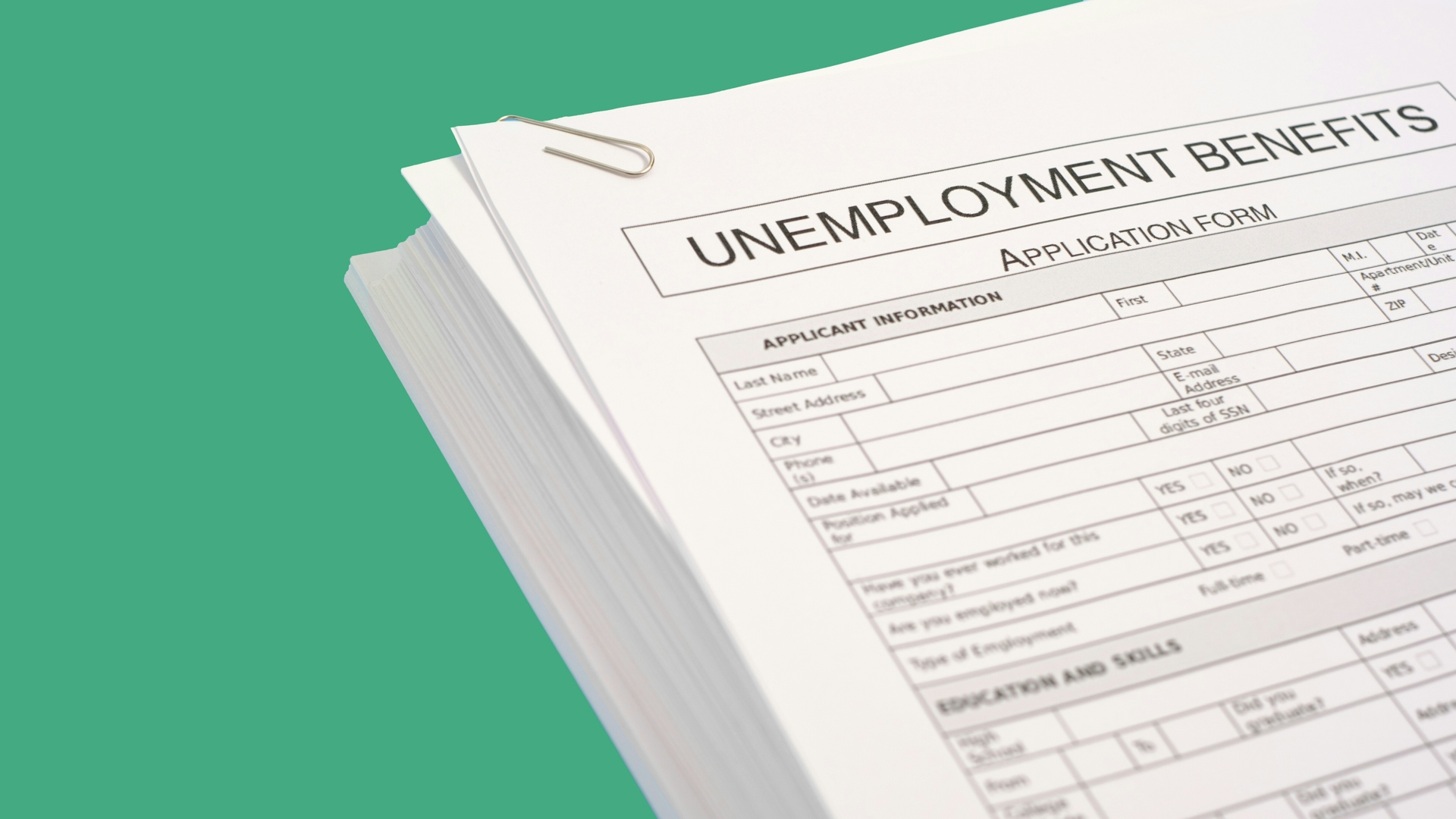The Story
Unemployment benefits aka unemployment insurance has been a thing since 1935.
Ok, let’s hear the origin story.
Remember learning about the Great Depression in history class? It left millions of Americans without jobs...and the federal government wanted to lend a hand. So it worked with states to set up their own unemployment programs.
And how does it work?
The benefits are typically funded through a state tax on employers. For the most part, states calculate people’s benefits based on how much they made and how long they worked at their last gig.
Can you give me an example?
The benefits can range anywhere from $215-$550 a week. Most states will pay out the benefits for up to 26 weeks. But a handful cap it between 12 and 14 weeks.
What if that’s not enough?
Well last month, President Trump signed a coronavirus relief package that gives people more money over more time. Right now, anyone who qualifies for unemployment gets an additional $600 a week through July 31st. Plus the law extends state benefits by 13 weeks.
Helpful.
Yes, and there is a possibility of extended benefits beyond that. But it’s important to note that once you max out your benefits, that’s it. You won’t receive anything more, even if you’re still unemployed.
How do I know if I qualify?
The rules are different now due to COVID-19. We walk through all the eligibility requirements here.
theSkimm
Unemployment benefits are meant to help you out until you can find work again. Keep in mind that they’re temporary. And that this is a time when you’ll probably want to adjust your budget.
Subscribe to Skimm Money
Your source for the biggest financial headlines and trends, and how they affect your wallet.






